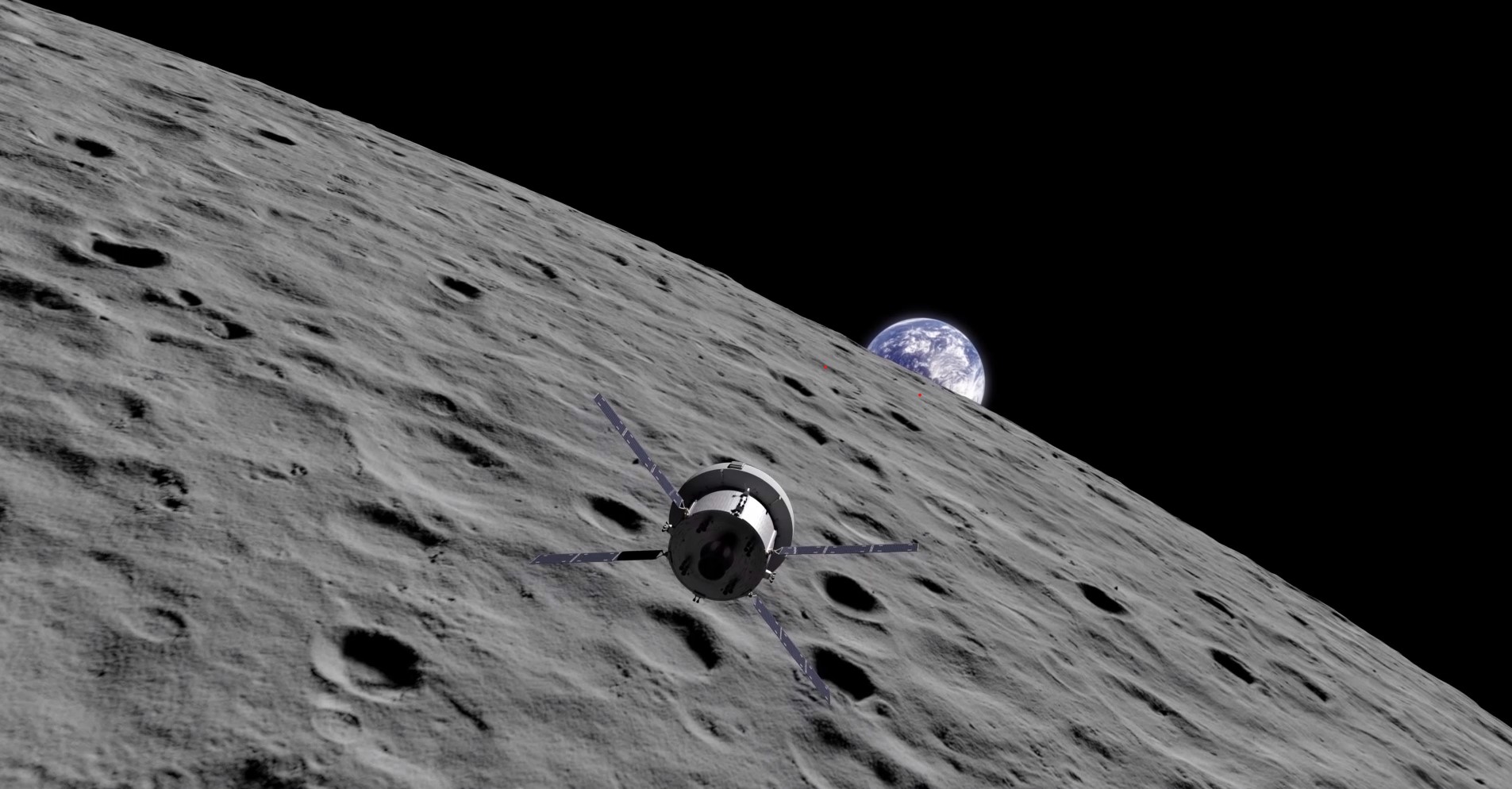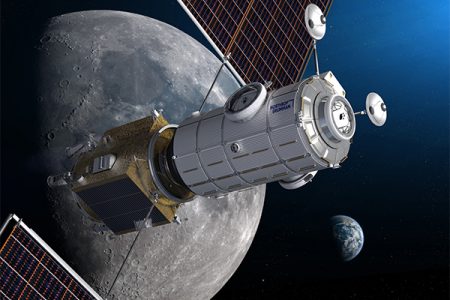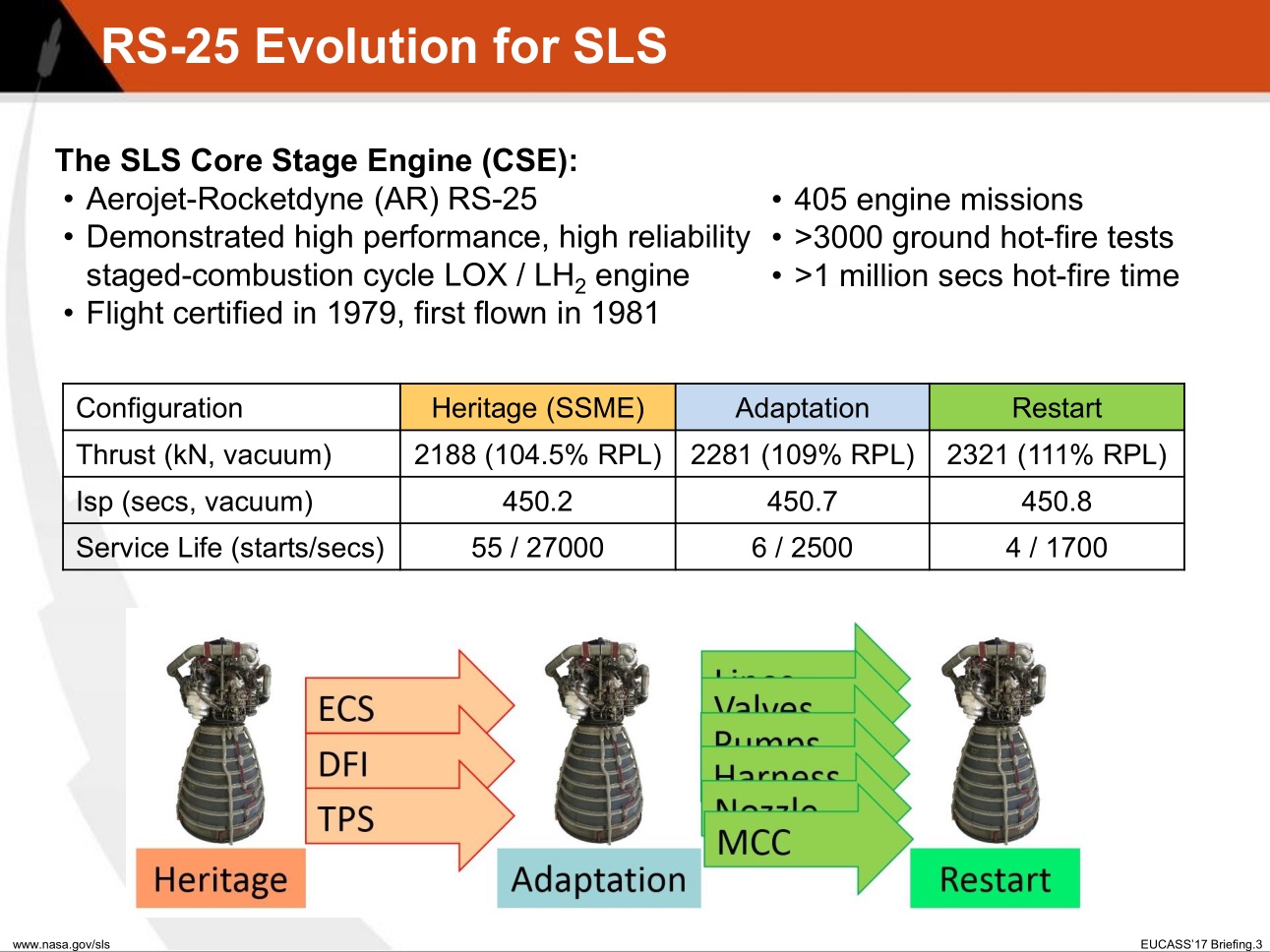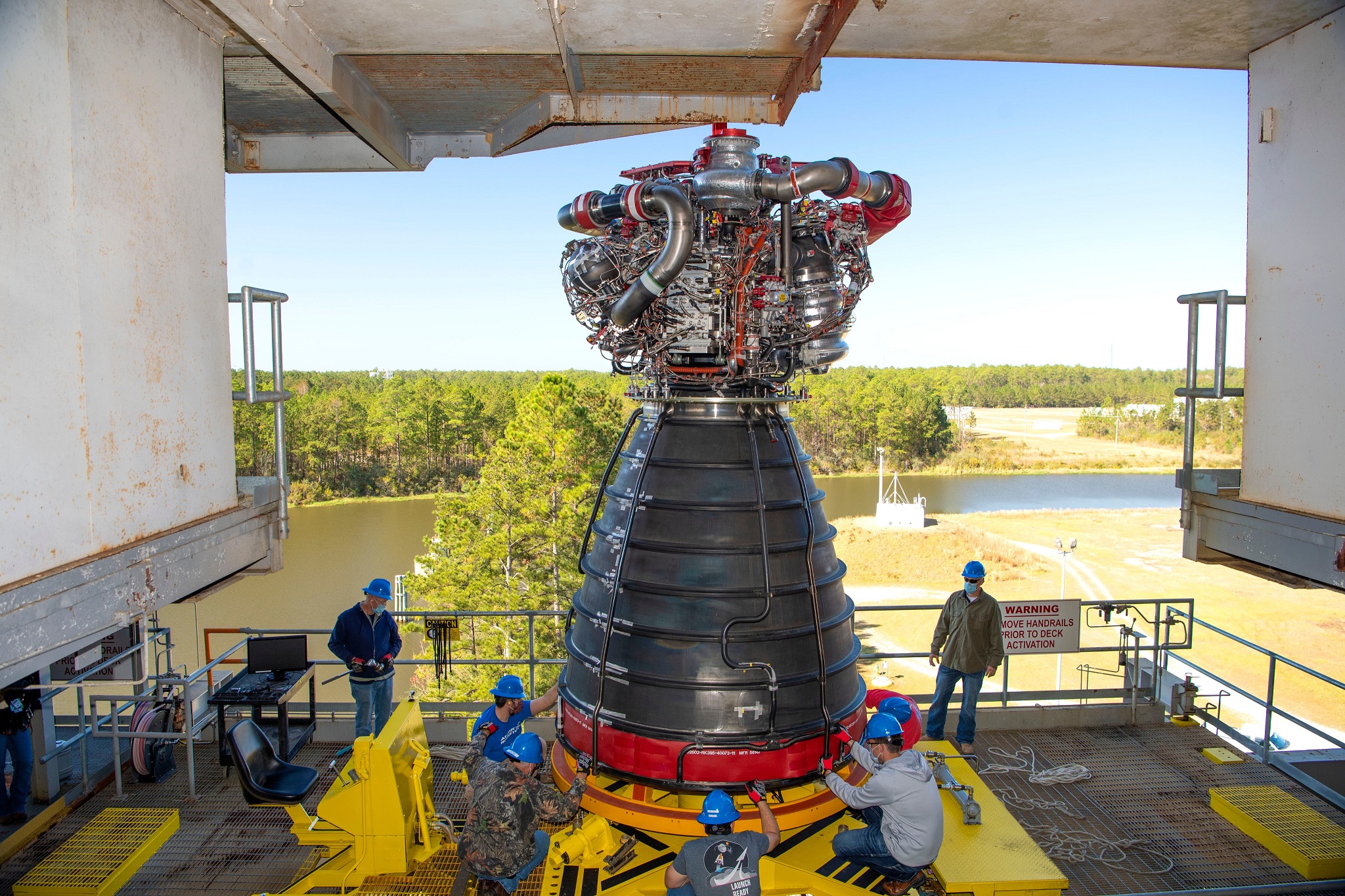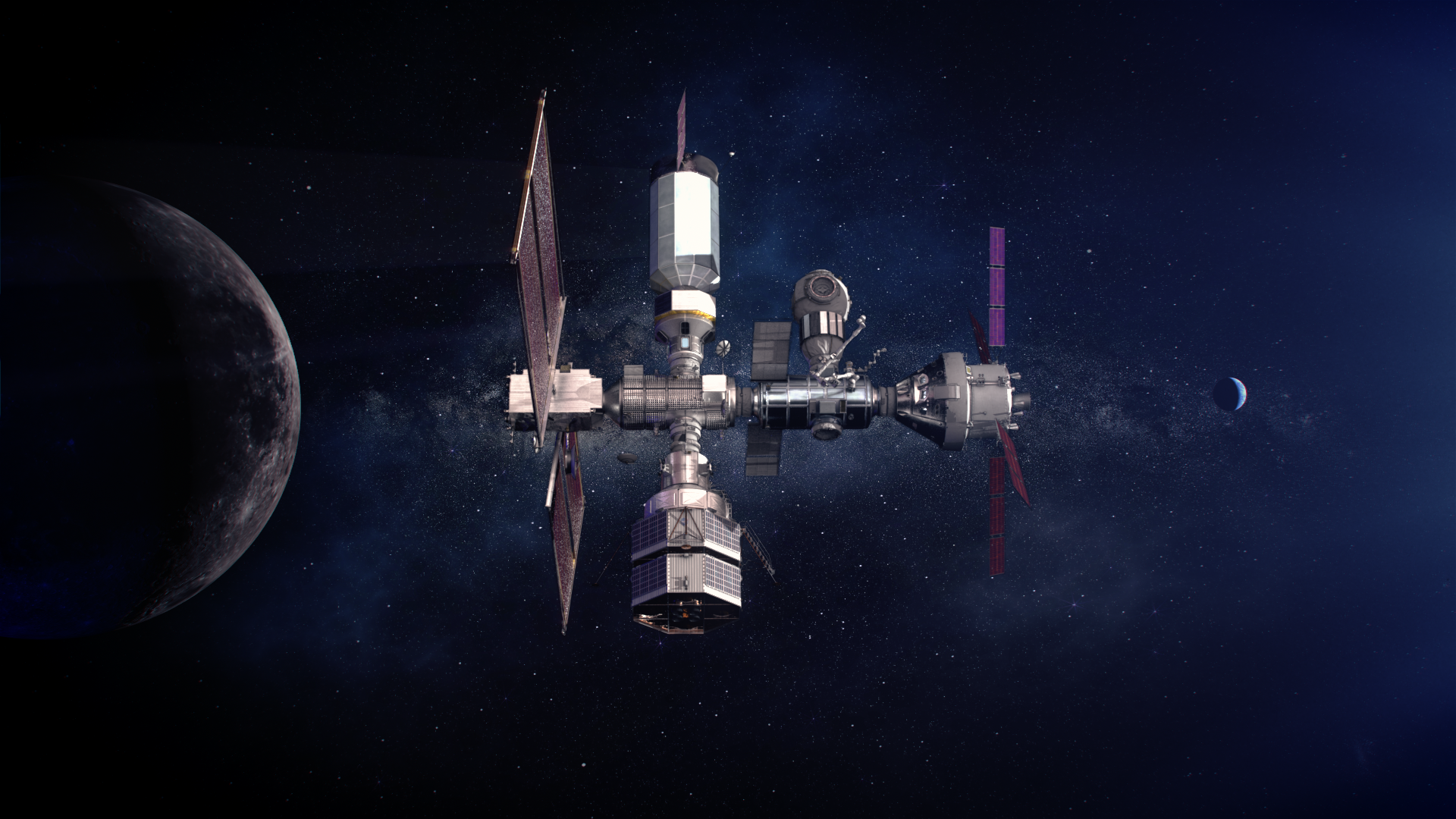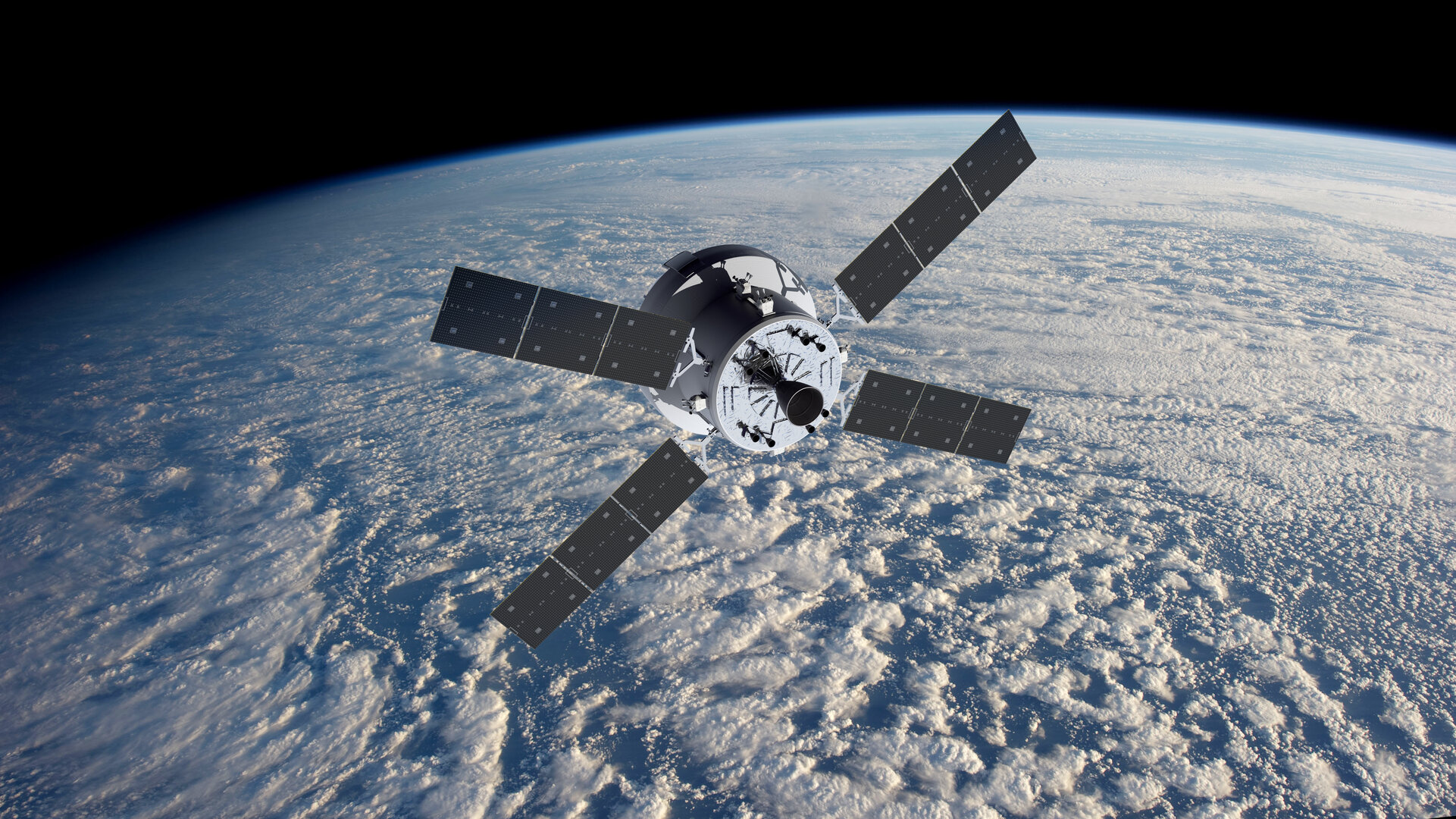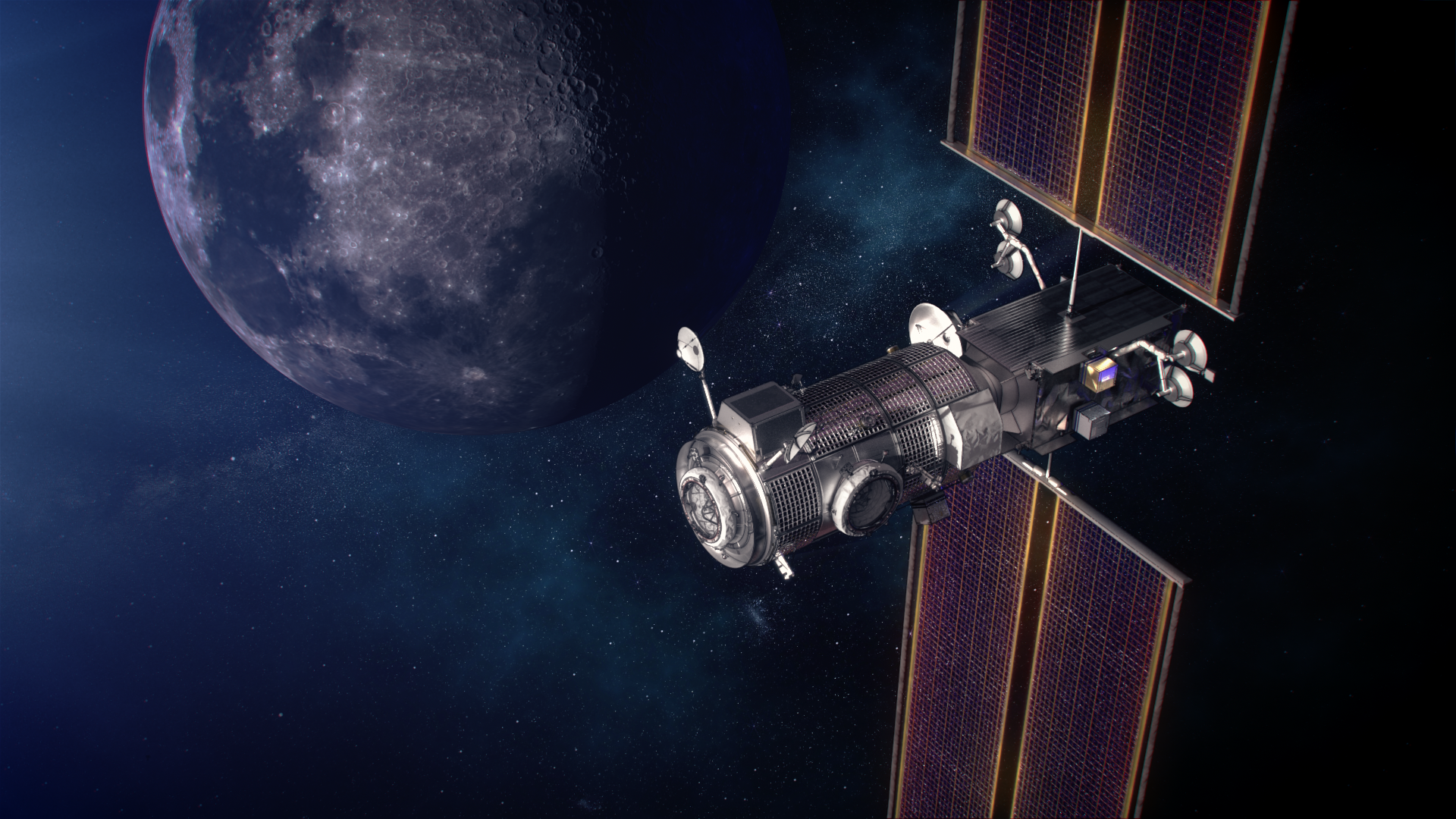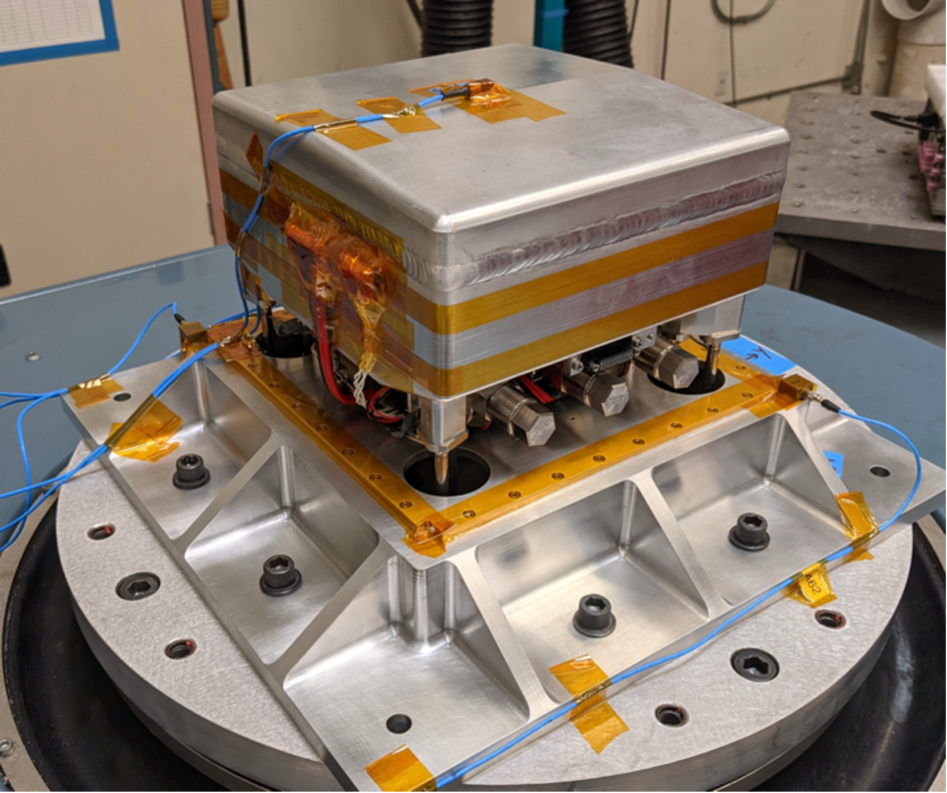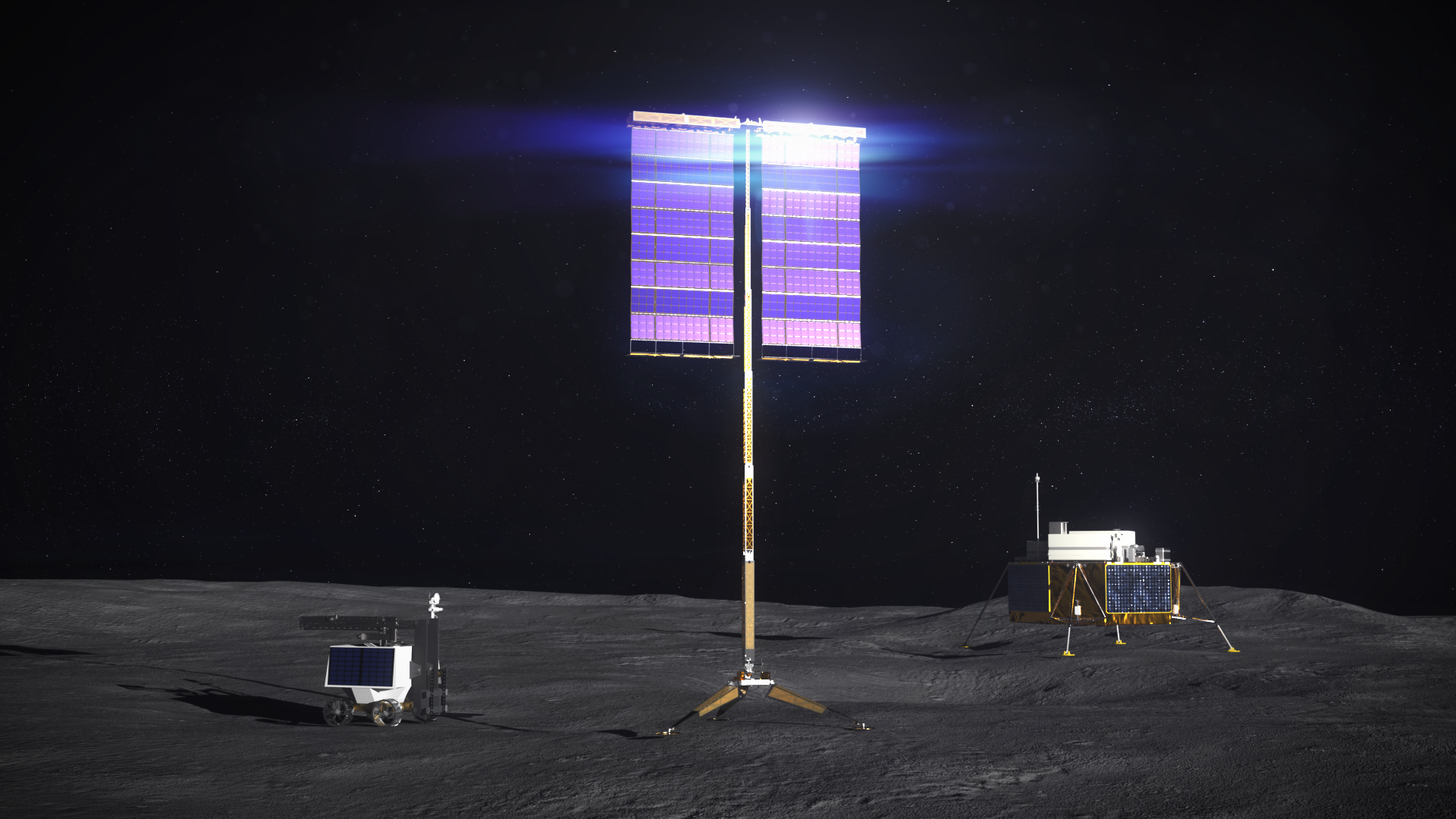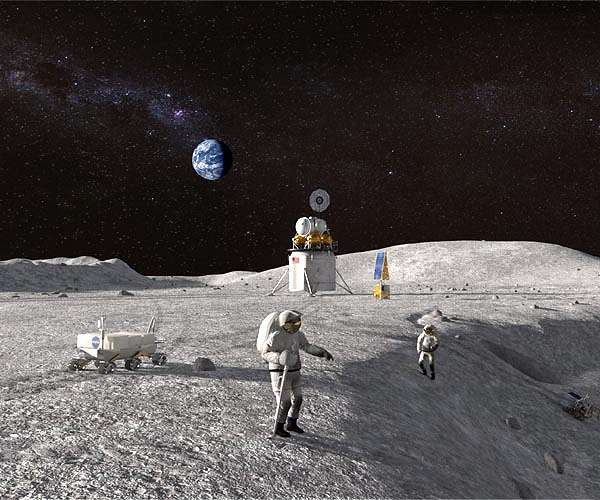From Gateway to China-Russia lunar station
The development follows Russia opting not to join
eight nations, including the U.S., in signing on to the Artemis Accords last October. The Accords are a
set of principles and norms for those who want to participate in the NASA-led Artemis lunar exploration program.
Bleddyn Bowen, a lecturer in international relations at the University of Leicester in the United Kingdom, told
SpaceNews that the development is not such a surprise, given that Russia has always been
lukewarm to the Lunar Gateway, part of the Artemis program, and this will have been factored in. However the project will still suffer from the loss of Russian expertise.
Bowen sees the move from Russia as an ISS partner to working more closely with China in lunar exploration rather than ISS partners is part of wider space-related and geopolitical shifts, particularly since the outbreak of the Ukranian conflict.
“This MoU fits the larger trend, which is Russia moving into a closer orbit with China,” says Bowen, adding that this more formal agreement builds on existing cooperation in material science, data sharing, purchase agreements and lunar exploration.
Bowen cautions however that this is “just a memorandum of understanding, so we’ll have to wait and what, if anything, comes from this”.
Zhang Ming, a researcher on international security and space issues at the Shanghai Academy of Social Sciences, told
SpaceNews both China and Russia, who have long cooperated in space, have difficulties in working with the U.S. for different reasons. Zhang notes that Russia had expressed concerns that Artemis was too “U.S.-centric” and she would expect “more and more space and lunar cooperation between Russia and China” if the “United State continues its space policies and practices without any change.”
“The U.S. advances its space agenda aggressively and sometimes unilaterally in recent years despite the concerns of the rest [of the] world, which made China and Russia very worried. The mistrust and skepticism towards U.S. motives will promote China and Russia to further their space cooperation,” Zhang said.
Roscosmos chief Dmitry Rogozin last year told Russian media China and Russia had agreed they will “probably” build a moon research base together, following talks with Director of the China National Space Administration Zhang Kejian.
Brian Weeden of the Secure World Foundation also believes the split has been coming for sometime, citing the Ukraine invasion and 2016 election interference. “I think we’re at a much different US-Russia space relationship than we had for the past few decades.”
“I don’t think it’s going to have a serious impact on Artemis. Russia indeed has some experience in robotic lunar landers but no human spaceflight experience and their space sector has been declining for some time,” says Weeden. “The space partnership with Russia in the ISS was driven more by national security and foreign policy reasons than a need to have Russian expertise. It’s useful, but not critical.”
The European Space Agency has also been involved in discussions, while recently having signed an
MoU with NASA on the Gateway. “At ESA we are following the Chinese lunar exploration plans very closely in order to see where our respective programmatic interest could meet, primarily the CE-6, -7 and -8 missions but also the ILRS initiative”, Karl Bergquist, ESA’s international relations administrator, told
SpaceNews last year.

 www.nasa.gov
Copy of Artemis document enclosed.
www.nasa.gov
Copy of Artemis document enclosed.


